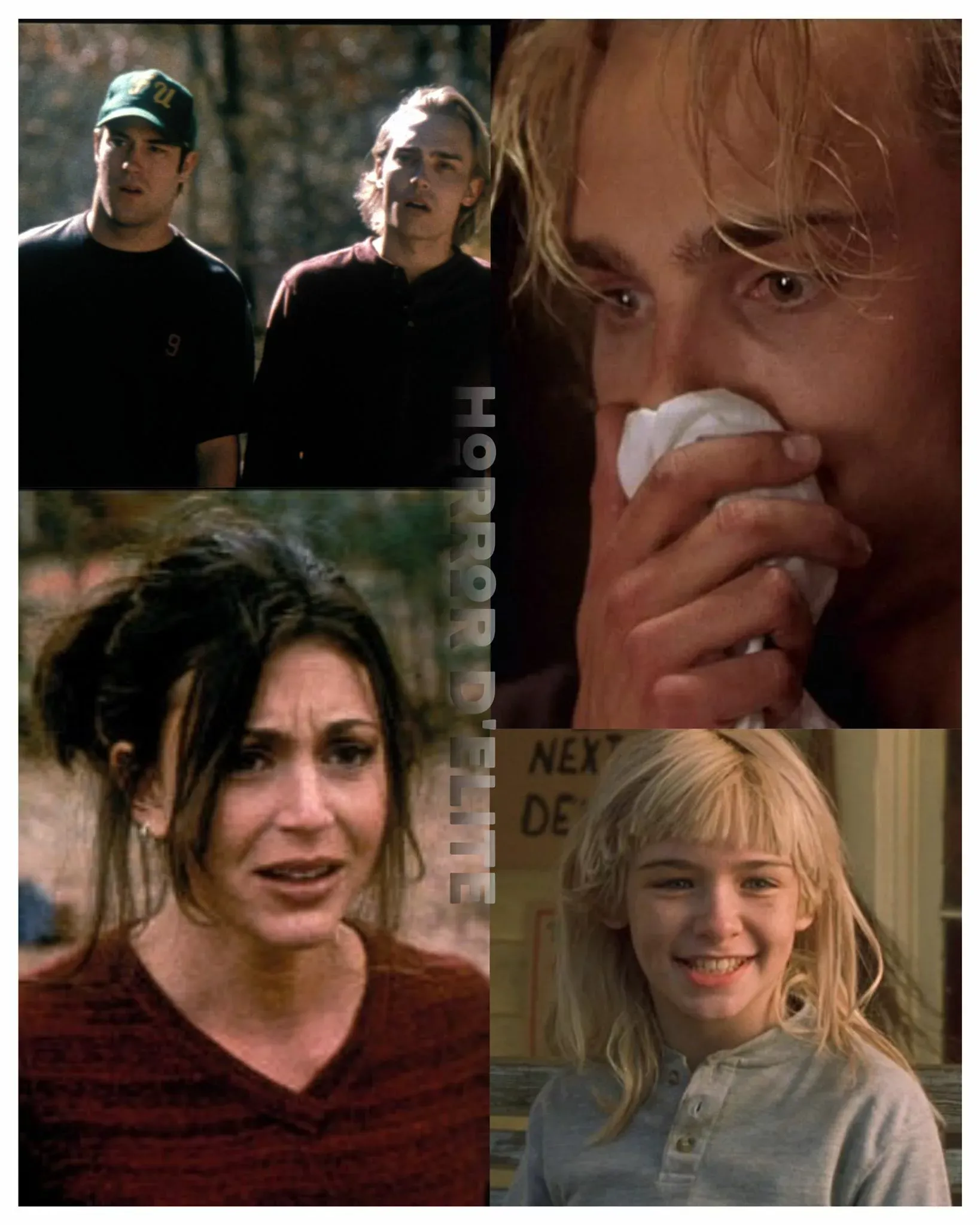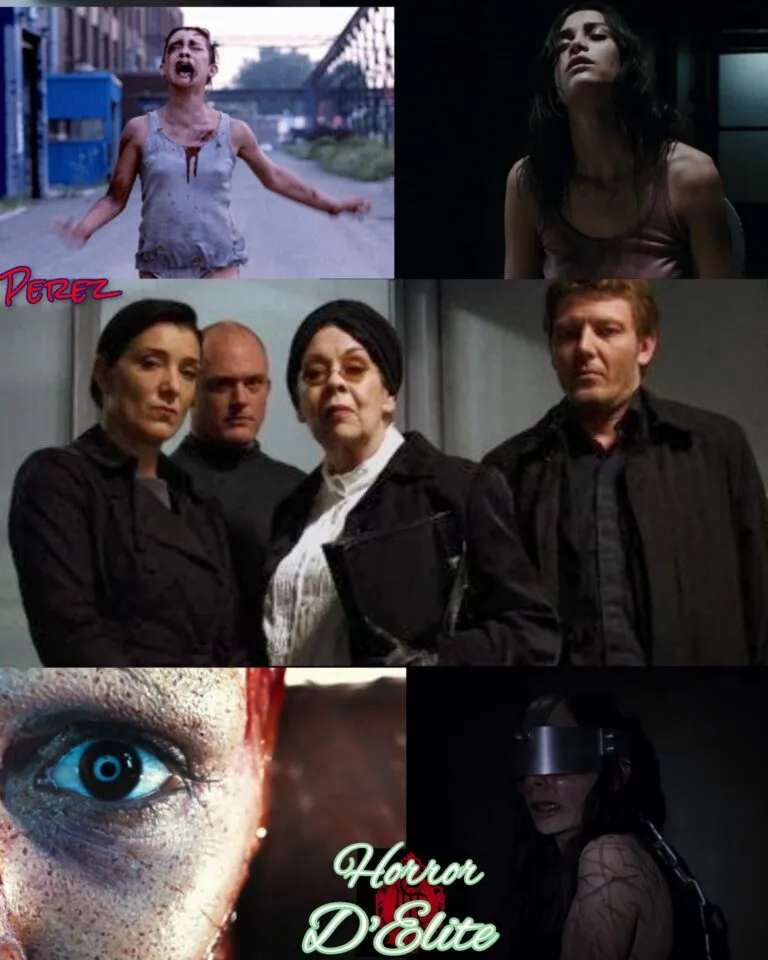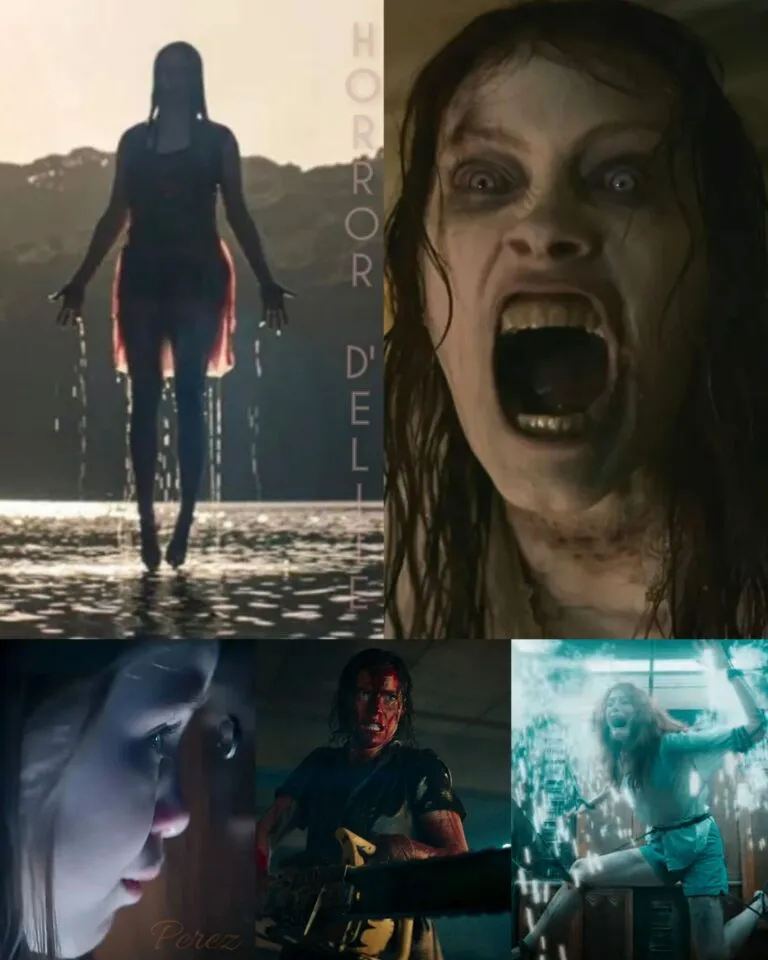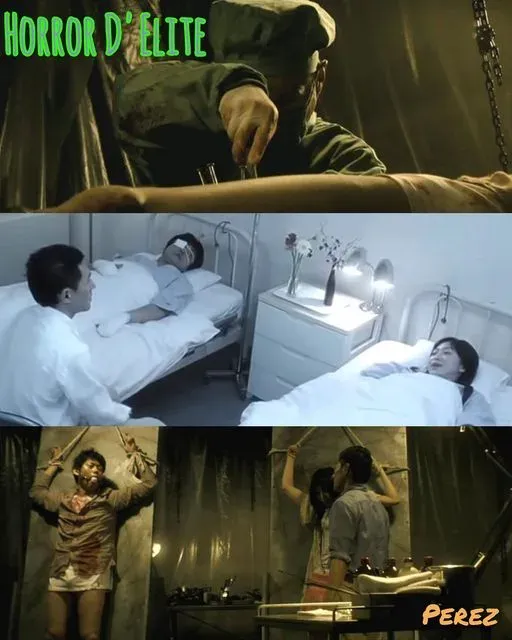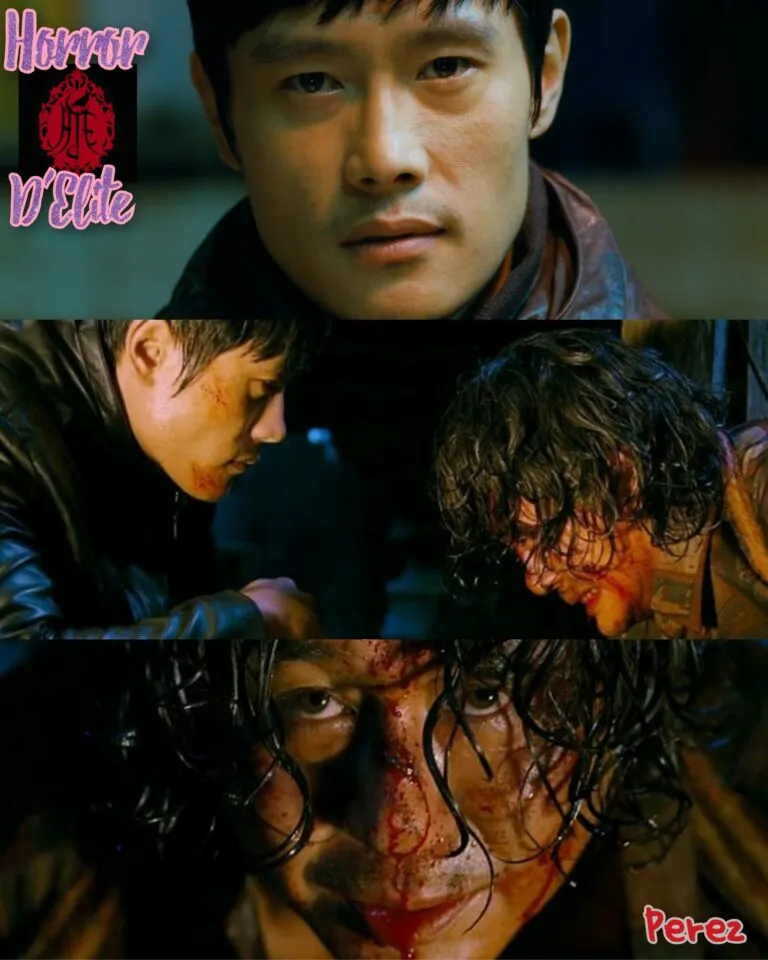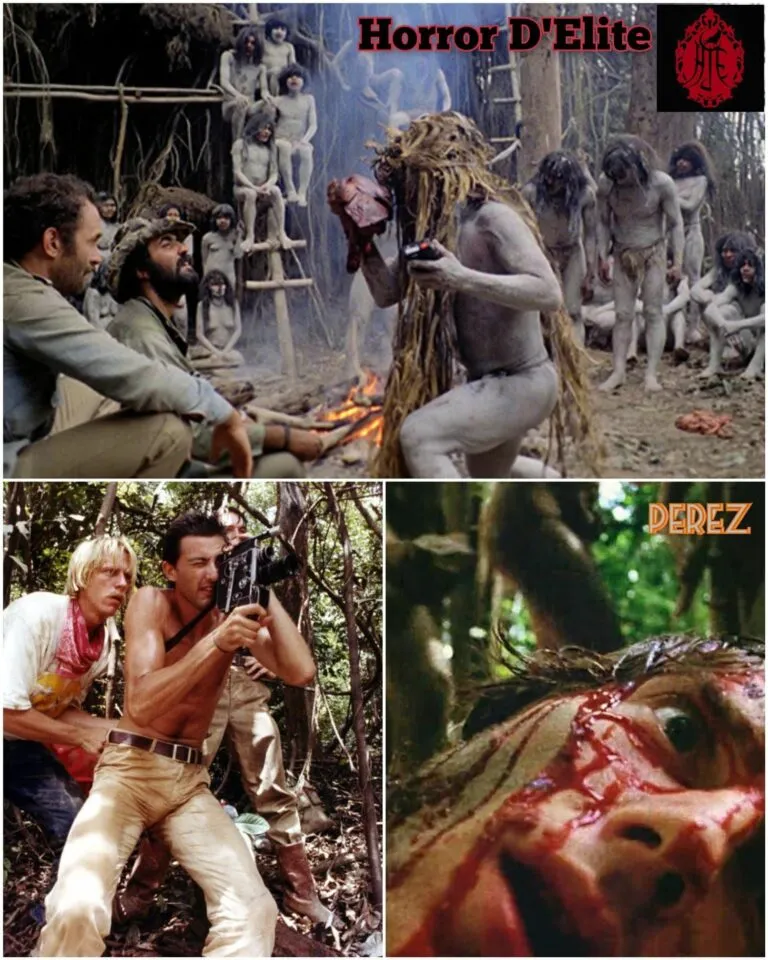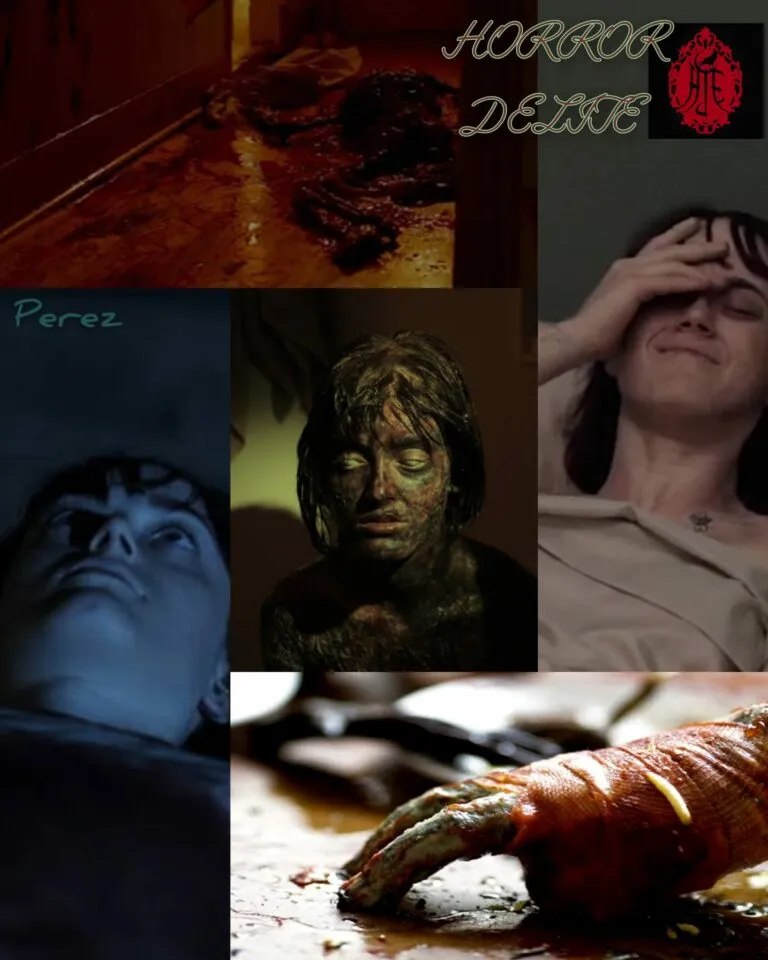Kabin Fever
 “Kabin Fever (2002): The Beginning of Eli Roth’s Career in Horror Cinema”
“Kabin Fever (2002): The Beginning of Eli Roth’s Career in Horror Cinema”
In the vast landscape of cinematic horror, few films have sparked such significant impact and controversy as “Kabin Fever” in 2002, directed by Eli Roth. This film, marking Roth’s directorial debut, has generated mixed reactions for its bold and disturbing approach to horror storytelling.
The plot of “Kabin Fever” follows a group of young people who decide to spend a weekend at an isolated cabin in the woods. However, their idyllic stay quickly turns into a nightmare when they are infected by a mysterious and deadly virus that drives them to madness and desperation. As the virus spreads and panic grows, the characters are forced to confront not only their deepest fears but also their own survival.
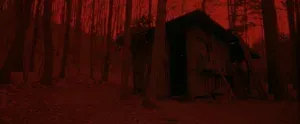 One of the distinctive features of “Kabin Fever” is its combination of traditional horror elements with a touch of black humor and a raw, realistic visual aesthetic. Eli Roth challenges genre conventions by blending moments of tension and terror with scenes of explicit violence and macabre humor. This unique approach has polarized both audiences and critics, dividing opinions on the artistic and moral validity of the film.
One of the distinctive features of “Kabin Fever” is its combination of traditional horror elements with a touch of black humor and a raw, realistic visual aesthetic. Eli Roth challenges genre conventions by blending moments of tension and terror with scenes of explicit violence and macabre humor. This unique approach has polarized both audiences and critics, dividing opinions on the artistic and moral validity of the film.
However, beyond the mixed reactions, “Kabin Fever” has helped solidify Eli Roth’s reputation as a provocative and bold director in contemporary horror. His distinctive style and ability to create claustrophobic and disturbing atmospheres have drawn attention to him as an innovative voice in the genre.
Furthermore, “Kabin Fever” has demonstrated Roth’s ability to explore deeper and more universal themes through the medium of horror. In addition to physical fear and violence, the film also addresses issues related to isolation, paranoia, and the fragility of the human condition. These elements contribute to elevating the film beyond mere spooky entertainment, offering audiences a richer and more reflective experience.
 In conclusion, “Kabin Fever” from 2002 remains a film that continues to divide audiences and critics, but there is no doubt that it has left a lasting mark on the landscape of cinematic horror. With its distinctive style, bold storytelling, and exploration of complex themes, the film marks an important chapter in Eli Roth’s career and his contribution to the horror genre.
In conclusion, “Kabin Fever” from 2002 remains a film that continues to divide audiences and critics, but there is no doubt that it has left a lasting mark on the landscape of cinematic horror. With its distinctive style, bold storytelling, and exploration of complex themes, the film marks an important chapter in Eli Roth’s career and his contribution to the horror genre.

